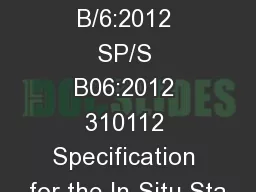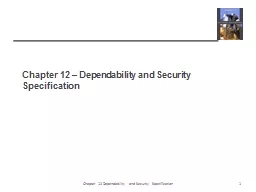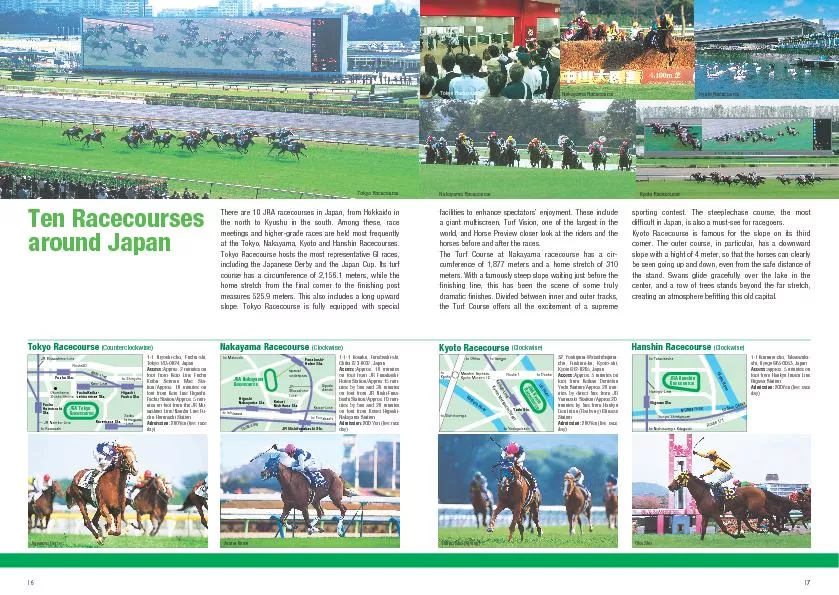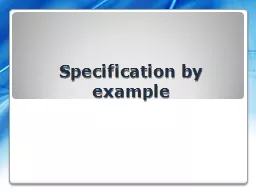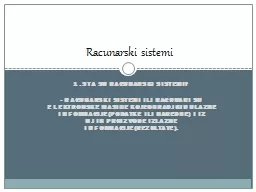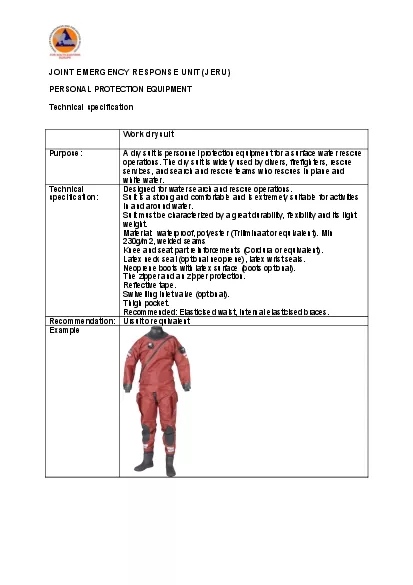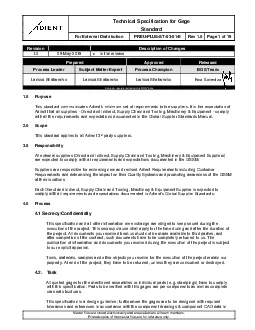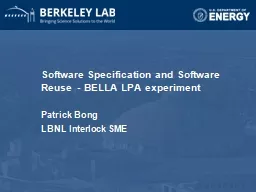PDF-NZTA : B/6:2012 SP/S B06:2012 310112 Specification for the In-Situ Sta
Author : briana-ranney | Published Date : 2015-10-31
SPECIFICATION FOR INSITU STABILISATION SCOPE NZTA B62012 SPS B062012 310112 Specification for the InSitu Stabilisation of Bound Subbase Layers Page 2 of 12 Cement
Presentation Embed Code
Download Presentation
Download Presentation The PPT/PDF document "NZTA : B/6:2012 SP/S B06:2012 310112 Spe..." is the property of its rightful owner. Permission is granted to download and print the materials on this website for personal, non-commercial use only, and to display it on your personal computer provided you do not modify the materials and that you retain all copyright notices contained in the materials. By downloading content from our website, you accept the terms of this agreement.
NZTA : B/6:2012 SP/S B06:2012 310112 Specification for the In-Situ Sta: Transcript
Download Rules Of Document
"NZTA : B/6:2012 SP/S B06:2012 310112 Specification for the In-Situ Sta"The content belongs to its owner. You may download and print it for personal use, without modification, and keep all copyright notices. By downloading, you agree to these terms.
Related Documents

